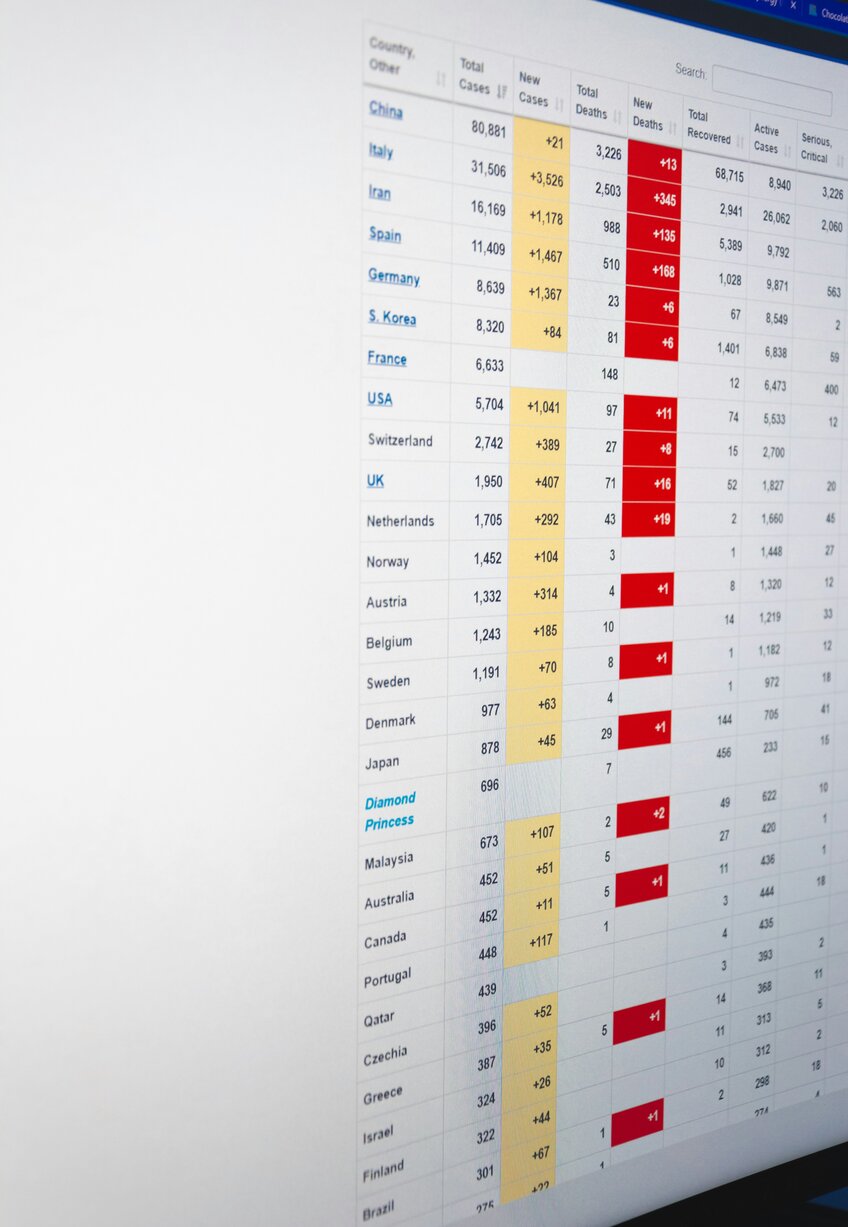May 3rd, 2024
Mastering MANCOVA
By Rahul Sonwalkar · 7 min read

Overview
Understanding MANCOVA
- How do school assessments vary by grade level after accounting for gender?
- Do graduation rates among state universities differ by degree type when tuition costs are considered?
- Which diseases respond better to X drug or Y drug, considering the length of the disease and participant age?
Foundational Assumptions
MANCOVA shares several assumptions with MANOVA, with an additional focus on covariates:
1. Independent Random Sampling: The observations must be independent, randomly selected, and devoid of any selection patterns.
2. Variable Levels and Measurement: Independent variables should be categorical, while dependent variables are continuous or scale variables. Covariates can vary from continuous to ordinal or dichotomous.
3. Absence of Multicollinearity: Dependent variables should not be excessively correlated, with a recommended correlation threshold below r = .90.
4. Normality: The data should exhibit multivariate normality.
5. Homogeneity of Variance: Variance between groups should be equal.
6. Covariate-Dependent Variable Relationship: Covariates should be selected based on their statistical relationship with the dependent variables, often assessed through correlation analyses.
Key Concepts and Terms
- Box’s M Test: Evaluates the equality of covariance between groups, with significance usually determined at α = .001.
- Partial Eta Square (η2): Indicates the variance explained by the independent variable, serving as the effect size for the MANOVA model.
- Post Hoc Test: Identifies specific independent variable levels that significantly differ from others.
- Multivariate F-statistics: Derived by dividing the means sum of the square (SS) for the source variable by the source variable mean error (ME or MSE).
- Covariate: A control variable, uncorrelated with independent variables but correlated with dependent variables, used to reduce the error term.
Conclusion: How Julius Can Assist
Whether you're a researcher, data analyst, or student, understanding and effectively utilizing MANCOVA can unlock new dimensions of data analysis, providing a clearer understanding of complex relationships within your data. With tools like Julius, this journey becomes more accessible and insightful, paving the way for more informed decision-making and research advancements.
Julius, with its advanced analytical capabilities, can significantly streamline the process of conducting MANCOVA. From data preparation to assumption testing and result interpretation, Julius can provide valuable insights and guidance, ensuring that your MANCOVA analysis is both accurate and insightful.
